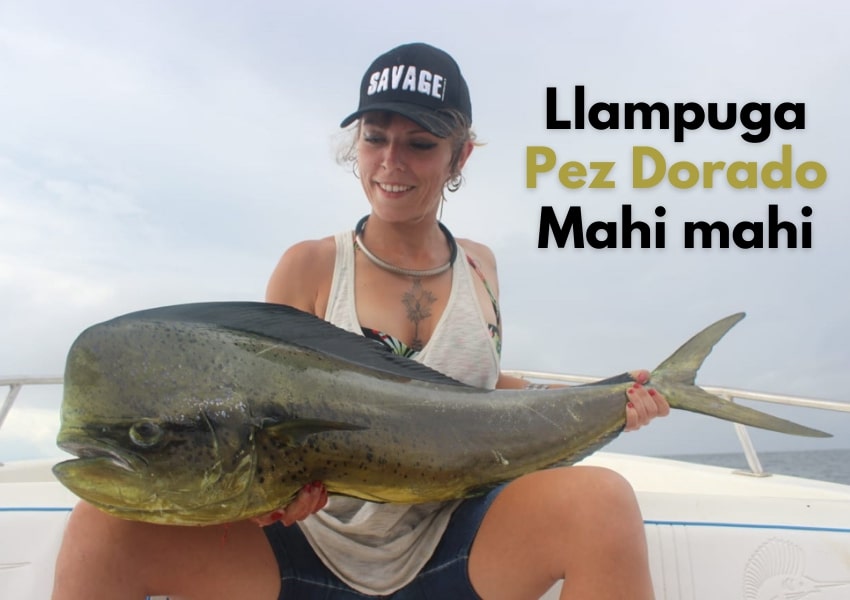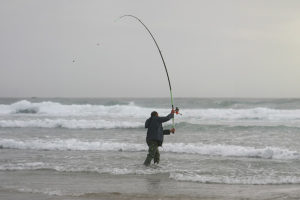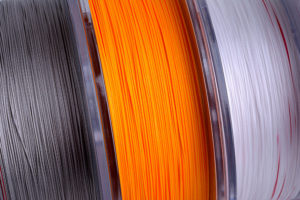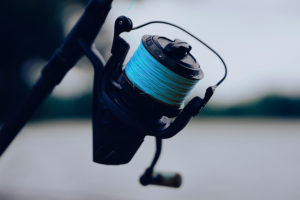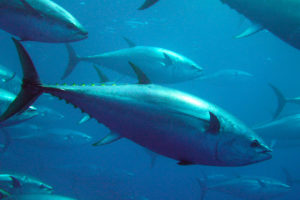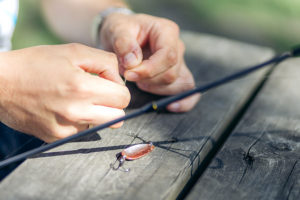Este artículo es una guía completa sobre el pez de los mil nombres. Descubriremos dónde y cómo pescar el pez dorado, la llampuga, mahi mahi, dolphin fish, etc.
Uno de los peces más extendidos del planeta, lo podemos encontrar en cualquier parte del mundo. Pero en cada parte del globo, este curioso pez recibe su propio nombre. En cambio, se le puede reconocer en todo el mundo por su nomenclatura científica “Coryphaena hippurus”.
A continuación, repasamos algunas de las curiosidades más destacadas de esta especie y veremos técnicas para pescarla. La llampuga o pez dorado es uno de los peces más buscados por los pescadores deportivos, gracias a su capacidad de lucha. Otro de los atractivos es su velocidad, ya que es una de las especies más rápidas del océano.
¡Atención! No confundir con El Dorado (Salminus Brasiliensis)

¿Qué nombre recibe esta especie?
El nombre común que recibe esta especie depende principalmente de la zona del mundo donde se encuentra. Hemos diseñado un mapa para mostraros algunas de las nomenclaturas que se utilizan para identificar a este pez tan peculiar.
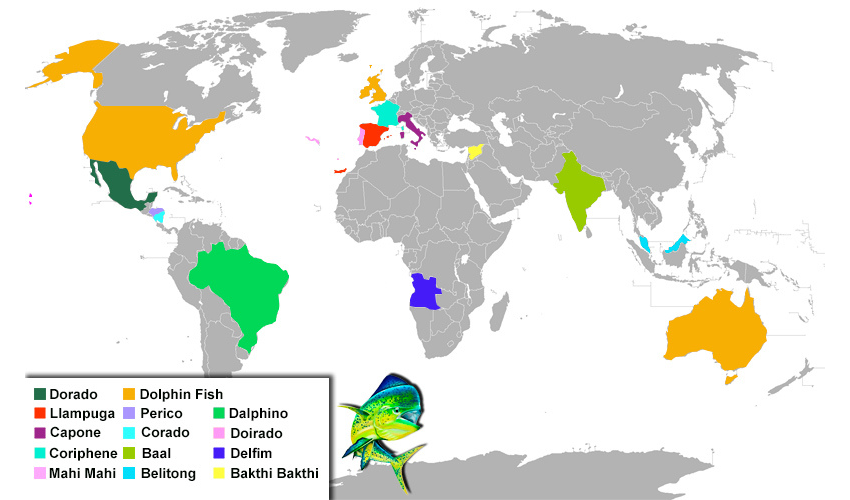
El nombre de mahi mahi proviene del archipiélago hawaiano. Recibe este nombre con un significado de vigorosidad, algo así como “muy fuerte”. Esto se debe a que la llampuga o pez dorado ataca con mucha fuerza y tiene una gran potencia de lucha cuando es capturado.
¿Dónde se encuentra la llampuga o pez dorado?
El pez dorado, en zonas de México y Costa Rica, es una especie que comúnmente habita cerca de la superficie de las aguas de alta mar, donde se agrupan para realizar largos éxodos por todo el mundo. La llampuga normalmente migra en busca de zonas de agua templadas, cercanas a los veinte grados centígrados. Zonas tropicales o subtropicales son los lugares donde suele habitar esta especie. Esto dificulta la localización del mahi mahi en lugares fríos. Además, en raras ocasiones se encuentran en zonas costeras.
En las zonas cálidas es donde la llampuga suele realizar el desove. Durante gran parte del año, el pez dorado puede encontrar corrientes oceánicas propicias para el desarrollo de los huevos. Los mejores puntos donde poder encontrar al pez dorado es México o Costa Rica. También, en la parte sur de Asia, en las costas de islas tropicales como Hawai o incluso en lugares cercanos al Mar de Arabia. En zonas del Mediterráneo, aunque son menos frecuentes en verano, y por las zonas atlánticas de España y Portugal.
Características de la llampuga o pez dorado
Aunque uno de los nombres principales de esta especie es el de “pez dorado”, no debemos confundirlo con “el dorado”, de la cual hablamos en otro de nuestros artículos.
Como características principales, la llampuga posee una gran boca que contiene numerosos y pequeños dientes, que rodean toda la mandíbula. Dentro de la cavidad bucal encontramos una lengua pequeña. El cuerpo del pez dorado es alargado pero comprimidos por los laterales y tan solo una aleta dorsal que se extiende desde su cabeza hasta prácticamente llegar a la cola. Las aletas caudales y las anales del pez dorado tiene forma cóncava. La llampuga suele pesar entre los siete y los trece kilos. Miden alrededor de un metro de longitud.
Son fácilmente reconocibles las diferencias entre los ejemplares machos y las hembras. Los machos de esta especie pueden denominarse también Bull Dorado. Son reconocibles por su prominente parte superior de la cabeza. Una frente casi plana, que sobresalen claramente de su cuerpo. La parte frontal de las hembras es levemente más redondeada a la altura de la aleta dorsal. Las hembras suelen tener un tamaño menor que los machos.
La esperanza de vida del pez dorado es de aproximadamente cuatro años, aunque rara vez llegan a los cinco. El crecimiento y desarrollo de la llampuga es relativamente rápido.
La llampuga es un gran predador. Cuando es joven, el mahi mahi suele desplazarse y vivir de forma conjunta y gregaria con otros individuos de su propia especie. Durante la etapa adulta, el pez dorado se vuelve más solitario, aunque se mueve en cardúmenes cuando tiene que migrar.
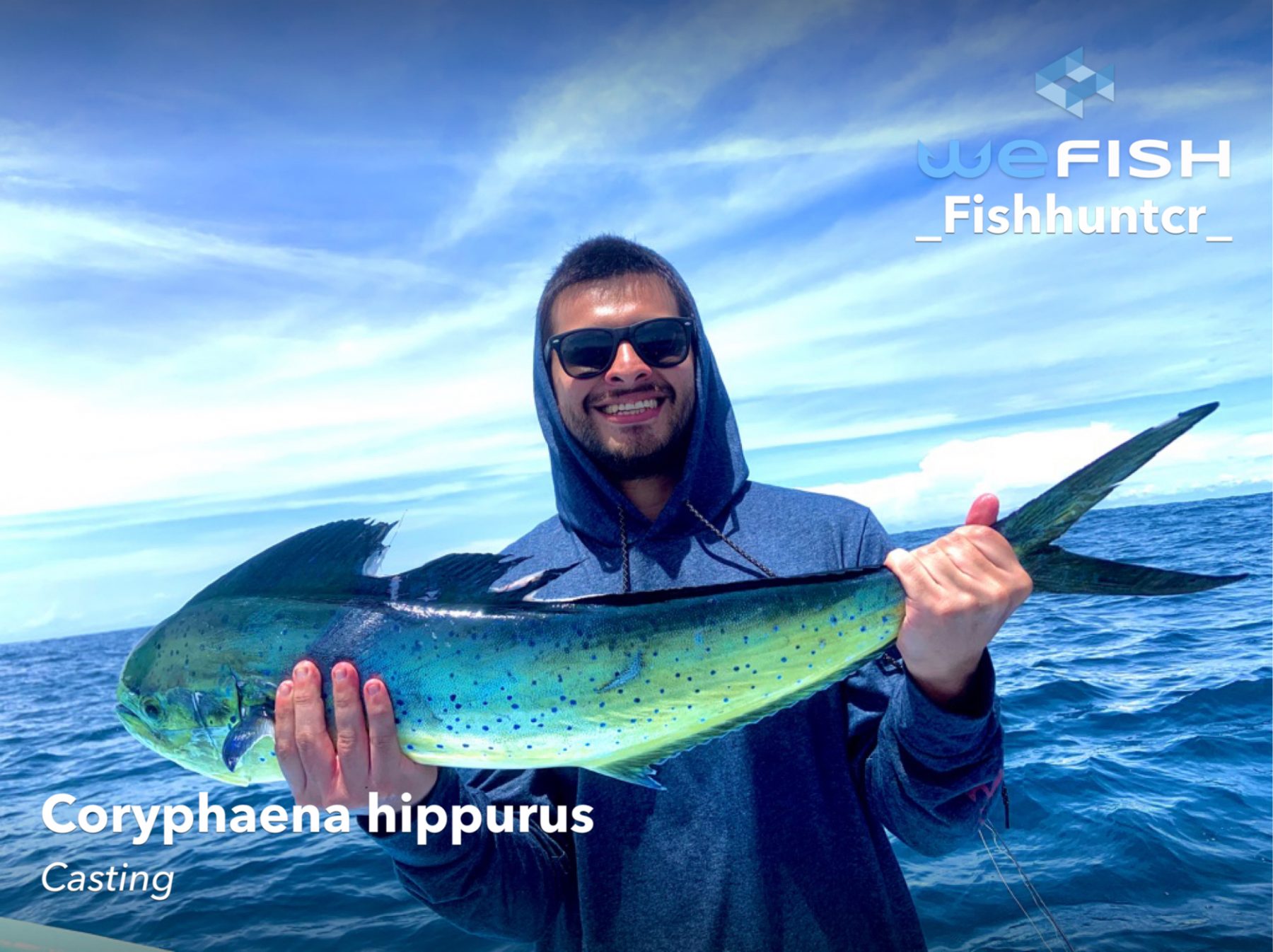
El color del mahi mahi
Gran parte de los nombres que recibe esta especie, la “coryphaena hippurus”, se deben a que la llampuga deslumbra con una gran cantidad de colores, pero es principalmente de color dorado. Por todo el costado del pez, se extiende el color tan característico en esta especie, pero también se suman los colores azul y el verde. Esta unión de colores deslumbrantes produce el brillo en las escamas cicloides del pez dorado. El azul también está presente en las aletas pectorales del mahi mahi.
Después de la muerte del pez, las escamas del ejemplar cambian de color. La llampuga pierde parte del brillo y los colores secundarios dejan paso a un tono más grisáceo.
El veloz crecimiento de la llampuga
Las llampugas desovan una grandísima cantidad de huevos, especialmente durante la época de la primavera. Suelen aparearse en zonas de alta mar, pero para desovar se acercan ligeramente a la costa. Una hembra puede llegar a soltar aproximadamente 50.000 huevos cada vez. Las crías de dorado suelen crecer un promedio de dos centímetros a la semana y cerca de un kilo al mes. Tanto los machos como las hembras alcanzan la capacidad de reproducción poco antes de los seis meses de edad.
Alimentación del mahi mahi
El mahi mahi es un claro predador perfectamente adaptado a su medio. El pez dorado es carnívoro. Además es uno de los peces más rápidos, pudiendo alcanzar los cincuenta nudos de velocidad.
Diariamente, el mahi mahi es capaz de comer una quinta o una cuarta parte de su propio peso. La llampuga es poco excluyente con respecto a su comida. Puede alimentarse de otros peces, de crustáceos, algunos cefalópodos o zooplancton. Incluso, si tienen hambre, pueden comer ejemplares más jóvenes de su misma especie.
Los machos suelen alimentarse con más frecuencia y en mayor cantidad que las hembras. Esto se debe a que tienen una constitución mayor y tienen un metabolismo más rápido. Debido al último punto, aunque tengan un tamaño similar, el macho sigue alimentándose de forma más voraz que la hembra.
Cómo pescar mahi mahi o llampugas: Técnicas
Podemos usar distintos métodos para capturar al pez dorado. Principalmente la pesca de la llampuga se realiza desde una embarcación, aunque puede darse el caso de capturarlos desde la costa, aunque es menos frecuente. Os vamos a explicar algunos métodos utilizados desde una embarcación.
Uno de los métodos más utilizados para la pesca del pez dorado es el curricán. Es recomendable usar esta técnica para localizar el rastro de las llampugas. Al realizar la búsqueda en las zonas más superficiales del agua es aconsejable utilizar líneas que no reflejen la luz del sol. Debido al carácter depredador del mahi mahi, el cebo vivo, que desprenda un fuerte olor, es muy útil en estos casos.
Una técnica que podemos utilizar tanto desde la embarcación como en la orilla es el Spinning ligero. Señuelos atractivos para esta búsqueda pueden ser poppers o algunos minnows, cuanto más parecidos a los peces de la zona, mejor. Los movimientos deben ser llamativos para atraer la atención de las llampugas.
El jigging es también una práctica habitual. Usar jigs llamativos y brillantes ayuda a captar rápidamente la atención del pez dorado que atacará ferozmente.
Señuelos para pescar llampugas
- Skipper Lure. Estos señuelos están diseñados para ser recogidos a velocidades muy altas y tienes la ventaja de presentar una lanzamiento sencillo. Estas características hacen que a las Llampugas le guste mucho este tipo de señuelos. Lo mejor forma de usar estos señuelos es enviarlos a la mayor distancia posible y traerlo de vuelta a toda velocidad por encima del agua. Un consejo, a este tipo de señuelos se adapta muy bien un anzuelo grande, por si pican otro tipo de peces grandes y para no restarle velocidad en el momento de recoger el señuelo.
- Poppers. Estos señuelos hacen mucho ruido y, como los anteriores, navegan por la superficie, lo que los convierte en una de los objetivos favoritos de las Llampugas. Consejo: Si ves que las llampugas pican el popper con poca intensidad, prueba con un modelo más pequeño. Para usarlos, lánzalo lo más lejos posible y recoge el hilo rápidamente pero, si las llampugas empiezan a picar, realiza movimientos lentos y con pequeños tirones. El ruido puede hacer que podamos atraer a más depredadores, por lo que suelen ser bastante efectivos.
- Paseantes de superficie. Mucho más realistas en movimientos y colores. Al no hacer tanto ruido, no ha atraerá Llampugas a mayores distancias, pero si que son efectivos si se encuentran cerca del objetivo. Su movimiento en «zig zag» lo hace atractivo para las llampugas. También podemos realizar pequeños tirones para que el paseante tenga movimientos muy nerviosos y sin recorrer grandes distancias, algo irresistible para esta especie.
- Paseantes hundidos. Más efectivos que los de superficie, sobre todo, cuando sabes dónde encontrar las Llampugas. Se recomienda realizar pequeñas pausas a la hora de recoger el señuelo, aunque también se puede recoger a gran velocidad. También son muy útiles a la hora de pescar con oleaje.
- Vinilos. Cuando no conseguimos acertar con un ningún señuelo para pescar Llampugas, utilizaremos nuestra última arma: Los vinilos. Recomendablemente, sin plomar, ya que son los más naturales y efectivos que podemos usar. Es necesario tener cerca las Llampugas, porque este tipo de señuelos no alcanzan grandes distancias. Se puede recoger de forma regular y constante.
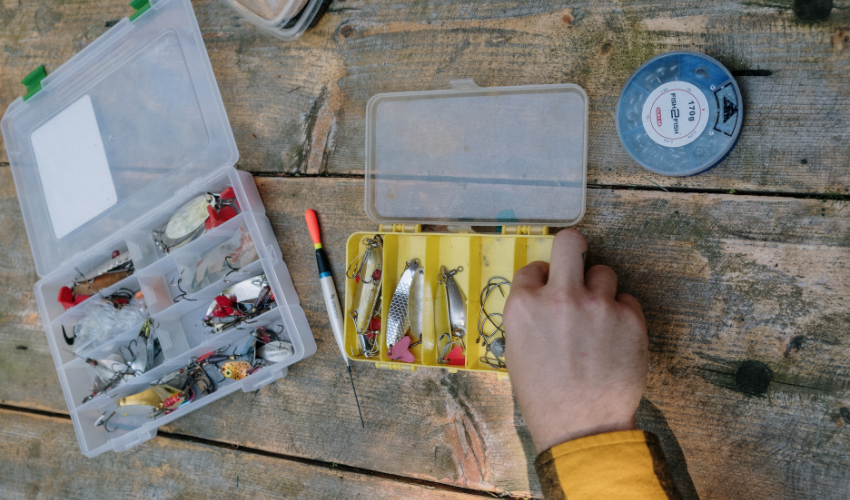
La pesca de llampuga en España
En España el pez mahi mahi recibe el nombre de llampuga. Podemos encontrarlo en prácticamente la totalidad de los mares españoles. Provenientes del Atlántico, suelen desplazarse, a la zona de levante de la península ibérica, durante la primavera. Los ejemplares adultos se acercan al Mar Mediterráneo durante la época de reproducción. Aquí depositaran sus huevos y comenzaran a criar.
Debido al veloz crecimiento de esta especie, durante la etapa final del verano, las crías de las llampugas pueden acechar cerca de la costa hasta el invierno. Es durante la etapa intermedia, el otoño, cuando las llampugas serán un posible objetivo para los pescadores en el Mediterráneo. Un buen método para lograr la captura del pez dorado será el spinning ligero. Una vez que llegue el invierno, los ejemplares adultos saldrán en búsqueda de aguas más cálidas.
Pesca de pez dorado en Costa Rica
El dorado puede ser capturado durante todo el año en Costa Rica, debido a que las aguas costarricenses suelen ser cálidas por lo general. Pese a esto, los mejores meses para capturarlos son entre los meses de Noviembre a Febrero. Durante esta época es común encontrar ejemplares de una media de catorce kilogramos. En las temporadas de lluvia, el pez dorado suele ocultarse en las zonas donde se acumulan escombros arrastrados por los ríos. Se ocultan en esos lugares para poder acechar a sus presas.
Pesca de pez dorado o mahi mahi en México
Es durante las épocas de primavera y verano cuando más larvas y ejemplares jóvenes de pez dorado podemos encontrar, especialmente en la zona del Golfo de México. Esta época está relacionada directamente con el surgimiento de algas y crecimiento de la población de zooplancton.
Algunos lugares del país donde se suele pescar en cantidad son Puerto Vallarta, Jalisco, Ixtapa o las costas de Tabasco en el ya mencionado Golfo de México.
Llampuga, pez dorado, pez delfín, mahi mahi… ahora que ya conocemos más sobre “el pez de los mil nombres”, podemos utilizar toda esta información para apreciar más los detalles cuando capturemos un mahi mahi. Comparte tus capturas en WeFish con el nombre que reciba esta especie en tu país, para que los demás usuarios conozcan más sobre estos espectaculares peces.

